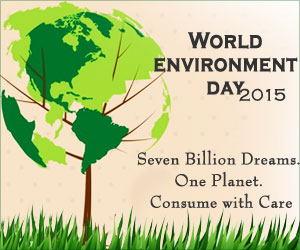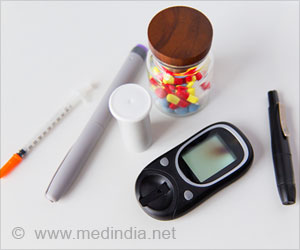Highlights
- Dead zones with little or no oxygen in ocean and sea waters are increasing in size and number.
- Climate change, pollution and global warming trigger more dead zones in seas and oceans.
- More zero oxygen zones can kill marine life and seriously impact human lives.
“Oxygen is fundamental to life in the oceans,” said Denise Breitburg, lead author and marine ecologist with the Smithsonian Environmental Research Center. “The decline in ocean oxygen ranks among the most serious effects of human activities on the Earth’s environment.”
How Do Dead Zones in Seas and Oceans Affect Human Life?
In dead zones the oxygen levels are so low that marine life can suffocate and die. Though they are naturally occurring, researches mapping these areas find their size is increasing due to fertilizer waste and sewage running into water bodies coupled with global warming and climate change.
"They are a disaster waiting to happen - made worse by climate change, as warmer waters hold less oxygen, and by fertilizer and sewage running off the land into the seas,” says Dr Bastien Queste from UEA's School of Environmental Sciences who also led the study in the Arabian Sea. "Of course all fish, marine plants and other animals need oxygen, so they can't survive there. It's a real environmental problem, with dire consequences for humans too who rely on the oceans for food and employment, Dr. Queste adds.
How does nutrient pollution affect human health?
Nutrients can come from the natural weathering of rocks and soil but human-related nutrient pollution is becoming a matter of great concern. Factory effluents, run off from farming and waste water treatment facilities are increasing nutrient pollution and choking coastal waters rapidly in recent times.
Dead Zone in the Arabian Sea
East Anglia researchers used underwater robots called Seagliders which collected data in areas in the Arabian Sea which were till now inaccessible for research due to piracy and geopolitical tensions in the Middle East. The seagliders used were about the size of small human divers but could reach 1000 meters deep below to collect data, travel for over 8 months in this study and cover thousands of kilometers. They communicated via satellite to map the oxygen levels with underwater pictures and trace the ocean dynamics transporting oxygen from one region to another.
The scientists said they expected the presence of some oxygen in the area, but they found an area ‘larger than Scotland’ with almost no oxygen left.
How Do We Protect Our Seas and Oceans?
Researchers from all over the world monitoring the health of our earth’s waters suggest, people need to work on better septic systems and sanitation methods to protect human health and prevent run offs to keep pollution out of waters. Cutting down on fossil fuel emissions can help reduce air pollution.
The solutions don’t seem easy and call for macro-level interventions to address global warming and climate change. But you and I can make a difference. Every time you reach for your car keys, spare a moment to think about our suffocating seas and oceans and do what you can, from your end, to cut fossil fuel emissions.
Source-Medindia










